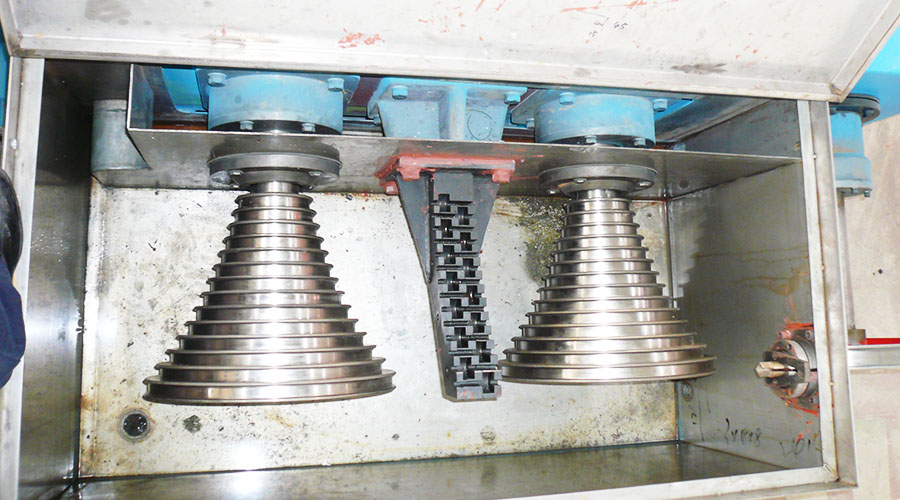The advantages of alloy inverted wire drawing machine and its product range
There are many types of wire drawing machines, the more common ones are water tank type wire drawing machines, straight type wire drawing machines, pulley type wire drawing machines, inverted wire drawing machines, etc. Although their structures or functions are different, they are all used to Process metal cable materials such as copper wire and stainless steel wire.
Alloy inverted wire drawing machine is one of them, the purpose is to make the steel wire or bar wire drawing machine into standard parts through the wire or bar produced by the steel factory so that the diameter, roundness, internal metallographic structure of the metal wire, surface finish and straightening degree all meet the raw material processing requirements required for the production of standard parts and other metal products.
Therefore, the quality of wire or wire pretreatment is directly related to the product quality of standard parts and other metal product manufacturers.
Alloy inverted wire drawing machine is widely used in the production and preprocessing of metal products such as steel wire, steel wire, prestressed steel wire, and standard parts.
The alloy inverted wire drawing machine adopts the new high-speed motor control chip DSP to realize the fast response of vector control.
The modular design of the hardware circuit ensures the stable and efficient operation of the wire drawing machine inverter; no PG vector control, PG vector control, torque control, and V/F control can be selected.
Powerful input and output multifunctional programmable terminals in alloy inverted wire drawing machine, speed pulse input, two analog outputs;
Automatically limit the upper limit of the motor torque during the operation of the motor, effectively suppressing frequent tripping due to overcurrent;
Wide voltage input, output voltage automatic voltage regulator, instantaneous power failure, no downtime, stronger adaptability.
Built-in excellent PID algorithm, fast response, strong adaptability, simple debugging, 16-segment speed control, simple PLC to realize multi-functional logic control such as timing, speed, direction, etc., and various flexible control methods to meet the requirements of various complex conditions.





